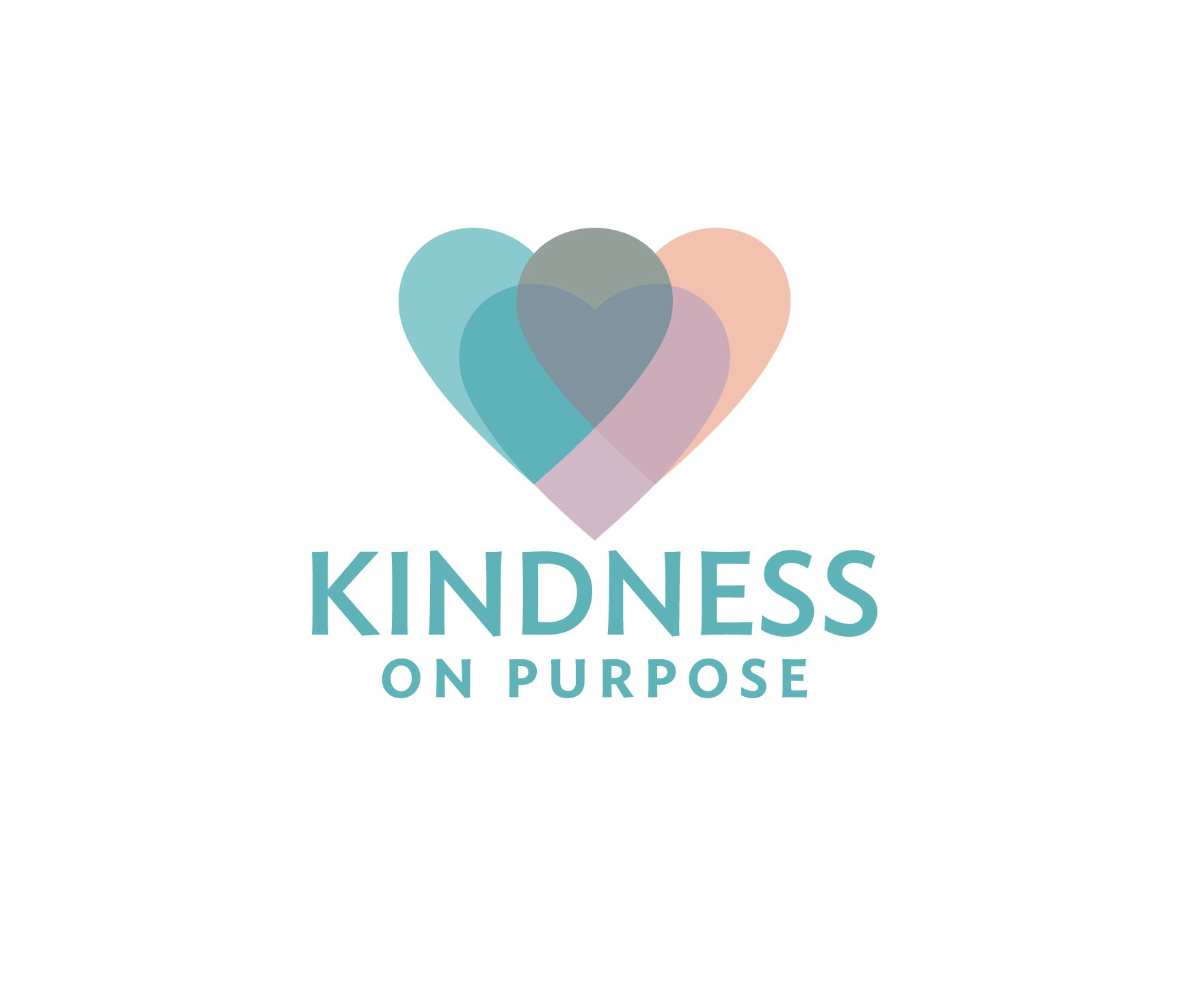Empathy: how to bring the most important learning tool into your classroom.
Empathy has the power to change lives, schools, families, and communities. Creating a culture of empathy in your school and classroom supports your students to feel safe and builds the best conditions for learning to take place. There are numerous research results that link increased empathy with increased learning outcomes. Empathy is no longer in the domain of wellbeing; it is as essential to the curriculum as literacy and numeracy. We now understand that without empathy, students will not realise their learning potential.
Research also demonstrates that when you increase empathy then there are lower rates of bullying and better mental health outcomes. Programs in schools that focus upon building empathy further help to create an environment where students feel safe to learn.
Kindness On Purpose (KOP) is a developmentally tailored program that provides clinically based interventions that promote empathy based responses in children and adolescent’s.
Kindness On Purpose uses kindness as the access point to empathy where every child in the school builds a connection with empathy through engaging in acts of kindness on purpose. In addition this program provides teachers with strategies for individual children who may be engaging in bullying through clinical consultation.
Even if your school is not yet a Kindness On Purpose school there are active steps you can take to bring some kindness and therefore empathy into your classroom. Here are some ideas for you to consider.
Ways you can role model empathy and kindness in your classroom
1. Create and maintain a safe feeling in your classroom
Your students need to feel emotionally safe before their brains will be calm enough to learn. They also need to feel safe to be able to connect with their own empathy for others.
2. Develop emotional competency
Learn to understand and manage your own emotions so as to be able to identify and interpret the emotions of your students.
3. Role model empathy
Reflect upon what kind words and kind actions you can undertake in the class room to role model to the students how to put empathy into action through acts of kindness on purpose.
4. Encourage your students to step into another person’s shoes through story telling.
Stories offer us an opportunity to appreciate and experience another persons experiences and perceptions in a gentle and creative way. Stories also help students to appreciate and value differences.
5. Facilitate action
Create opportunities for your students to practice empathy in action. What can they do to help another who is in need; to help them feel better?

